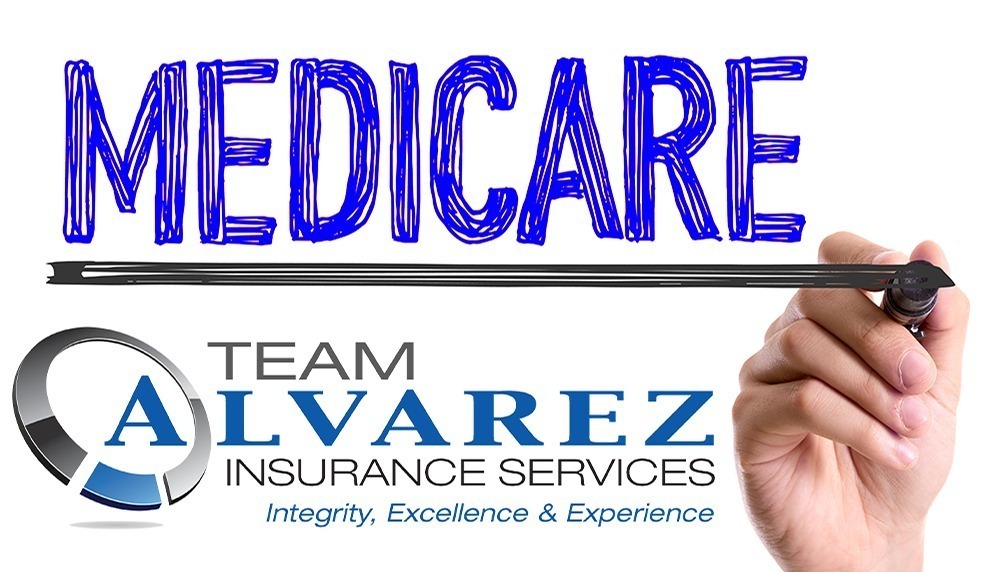It’s a new year, and with that comes key changes to Medicare benefits, costs, and availability. Medicare premiums, deductibles, and coinsurance costs are adjusted annually, and existing or prospective enrollees need to understand these changes to make informed decisions when shopping for plans.
Read on to learn about 2021 Medicare changes that might affect your health care coverage. These include price increases in Original Medicare, decreased costs and expanded availability for Medicare Advantage plans, cost adjustments to Medicare Supplement plans, and additional benefits for beneficiaries that need extra care during the COVID-19 pandemic.
Key Takeaways:
- Original Medicare (Part A and Part B) premiums and deductibles are increasing in 2021.
- Beneficiaries that don’t qualify for a free Medicare Part A premium will pay $259 or $471 per month in 2021, depending on their employment history. This premium increased from $252 and $458 in 2020.
- The Medicare Part A hospital deductible is now $1,484, a $76 price jump since 2020.
- The Medicare Part B premium is $148.50 per month in 2021, an increase of $3.90 since 2020. The Part B deductible also increased by $5 to $203in 2021.
- Medicare Advantage premiums are expected to drop by 11% this year, while beneficiaries now have access to more plan choices than in previous years.
- Deductible prices and out-of-pocket limits for some Medicare Supplement or Medigap plans have been adjusted this year.
- Medicare Part D prescription drug premiums increased slightly from 2020. Beneficiaries now have access to plans that cover insulin for a $35 copay.
- Medicare will cover COVID-19 testing, inpatient hospitalizations, vaccine administration, and other associated costs.
Original Medicare changes in 2021
The Centers for Medicare and Medicaid Services, or CMS, announced in November that it is increasing premium and deductible costs in the Original Medicare program. Here’s a snapshot:
Medicare Part A premium

The premium for Medicare Part A (hospital insurance) is free for beneficiaries who have paid into Medicare through working at least 40 quarters of eligible employment. This population includes around 99% of beneficiaries. However, people aged 65 and older who have less than 40 quarters of qualified work history on record and people with certain disabilities will need to pay a monthly premium as follows in 2021:
- People with at least 30 quarters of coverage will pay $259 per month, up from $252 in 2020.
- People with less than 30 quarters of coverage or some individuals with disabilities will pay $471 per month this year, up from $458 in 2020.
Medicare Part B premium
Most Original Medicare beneficiaries pay a standard monthly premium rate for their Medicare Part B (medical insurance) benefits. This baseline applies to taxpayers with an annual income of $88,000 or less or joint-filing couples earning $176,000 or less. For this population, the standard Medicare Part B premium is $148.50 per month in 2021, up from $144.60 in 2020. Higher-earning beneficiaries pay more based on their income tax bracket.
Part A deductible and coinsurance

Most Original Medicare beneficiaries pay a standard monthly premium rate for their Medicare Part B (medical insurance) benefits. This baseline applies to taxpayers with an annual income of $88,000 or less or joint-filing couples earning $176,000 or less. For this population, the standard Medicare Part B premium is $148.50 per month in 2021, up from $144.60 in 2020. Higher-earning beneficiaries pay more based on their income tax bracket.
Part B deductible and coinsurance
This year, the annual Medicare Part B medical insurance deductible increased from $198 in 2020 to $203 in 2021. After meeting your deductible, you’ll pay 20% coinsurance for the Medicare-approved cost of most doctor services, outpatient therapy, and durable medical equipment.
Medicare Advantage changes 2021
The cost of Medicare Advantage premiums and deductibles vary based on the plan a beneficiary chooses and the zip code in which they live. Overall, CMS expects that the average premium cost for 2021 Medicare Advantage plans will decline by 11% to $21, down from $23.63 on average in 2020. MA plan cost reductions have been a trend for the past few years, now down 34.2% from 2017. Some states may see average premiums decline by 50% or higher.
In addition to affordability, the availability of Medicare Advantage plans expanded nationwide this year. There are now 2,100 more MA plans in operation than in 2017, bringing the total amount of plans to 4,800 in 2021. On a municipal level, 47 plans per county are available in 2021, up from 39 in 2020. Rural counties now offer 2,900 MA plans in 2021, up from 2,450 in 2020.
According to the Kaiser Family Foundation, the average Medicare beneficiary has access to 33 Medicare Advantage plans in 2021, a historically high amount compared to the last 10 years. Twenty-seven of those MA plans include prescription drug coverage (also known as MA-PD plans).
MA enrollment is also expected to reach all-time high levels this year. CMS estimates that around 26.9 million people will enroll in Medicare Advantage plans this year, up from about 24 million in 2020.
Additionally, starting in 2021, beneficiaries with End-Stage Renal Disease can now enroll in a MA plan over traditional Original Medicare.
Medicare Part D

This year, average Medicare Part D prescription drug premiums increased slightly from an all-time low of $30 in 2020 to $30.50 in 2021.
Starting this year, beneficiaries who use insulin can choose from over 1,600 Medicare Advantage and Medicare Part D prescription drug plans that offer insulin coverage for a copay of $35 for a month-long supply, saving them $446 in out-of-pocket costs on average each year.
Yearly Medicare Part D prescription drug plan deductibles vary by plan and provider, and some policies don’t charge a deductible at all. Still, no drug plan can charge more than $445 in 2021, up from $435 last year.
2021 Medicare Supplement changes
Medicare Supplement or Medigap monthly premiums vary depending on the plan you choose.
Most Medigap policies typically don’t have their own deductible. However, Plan F, Plan G, and Plan J (all high-deductible options) are sold with a $2,370 annual deductible, meaning you’ll need to reach this amount in out-of-pocket expenses before your plan kicks in to cover costs.
In 2021, Plan K and Plan L have out-of-pocket limits of $6,220 and $3,110, respectively. After you meet this threshold, your plan will cover 100% of the costs for the rest of the benefit period.





